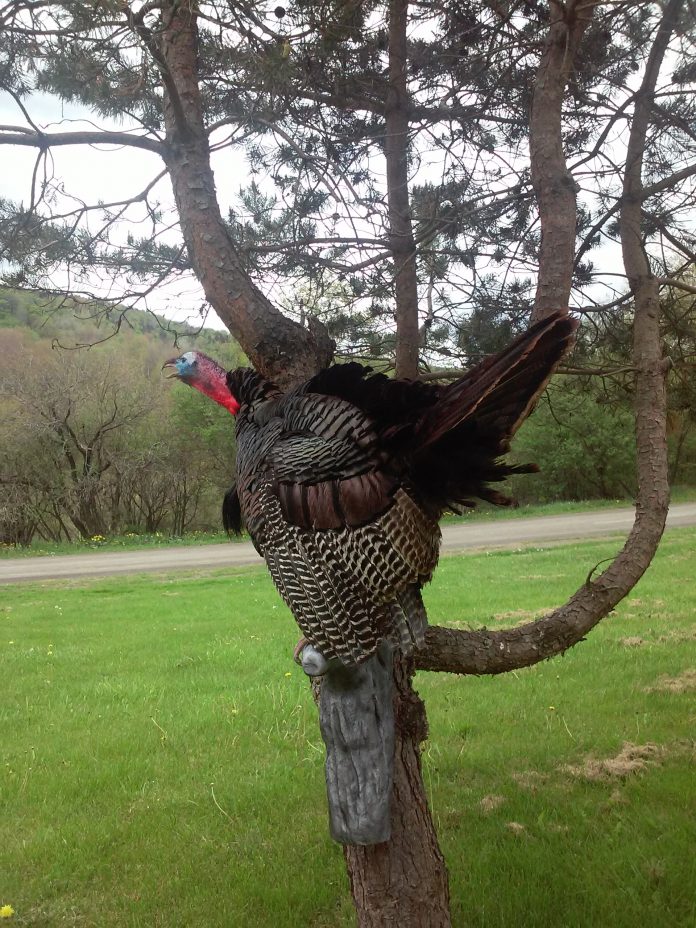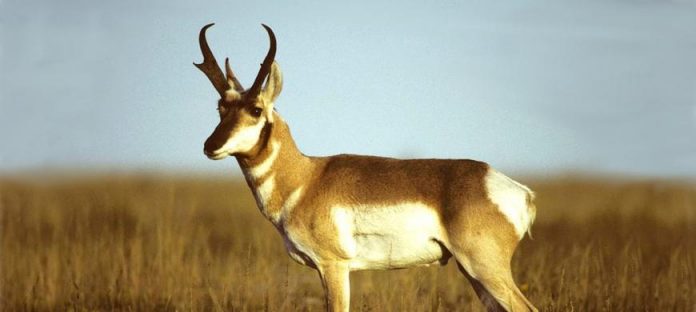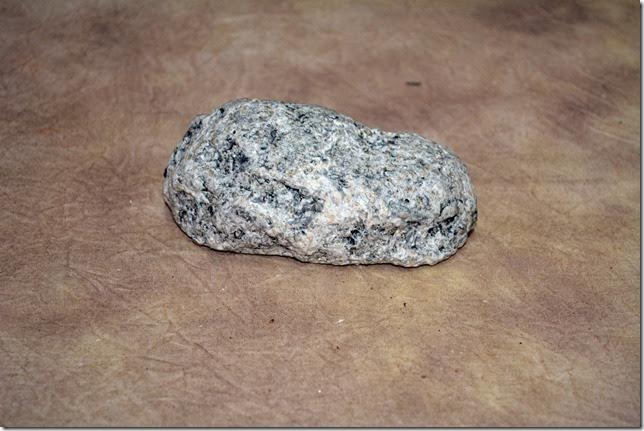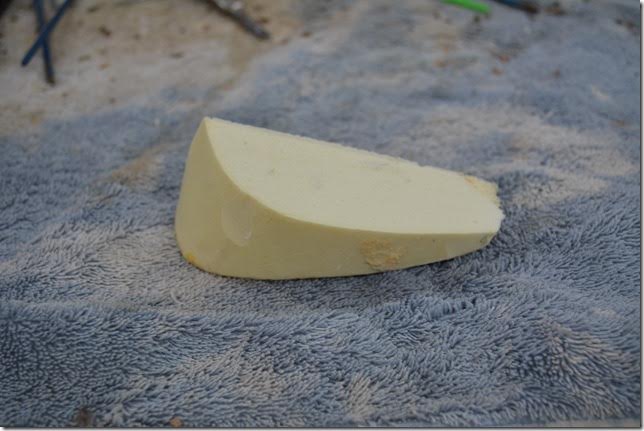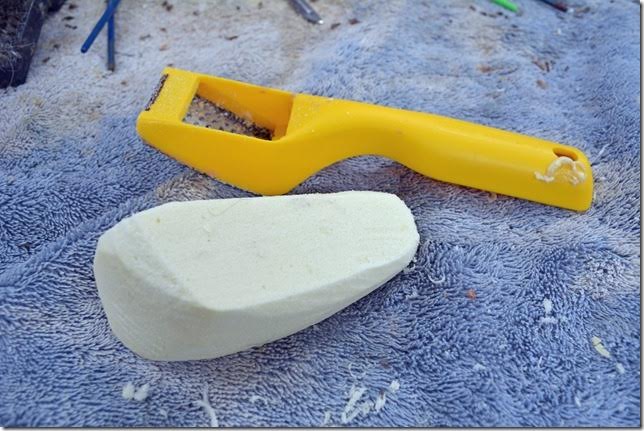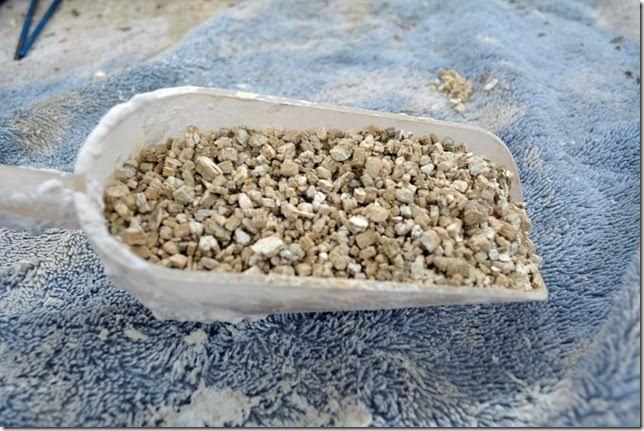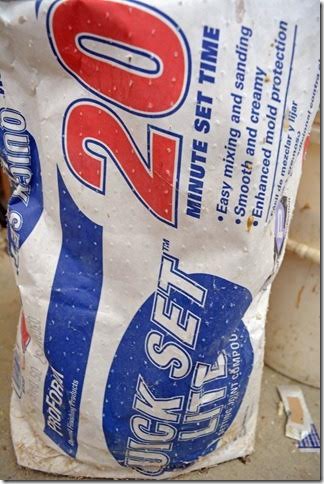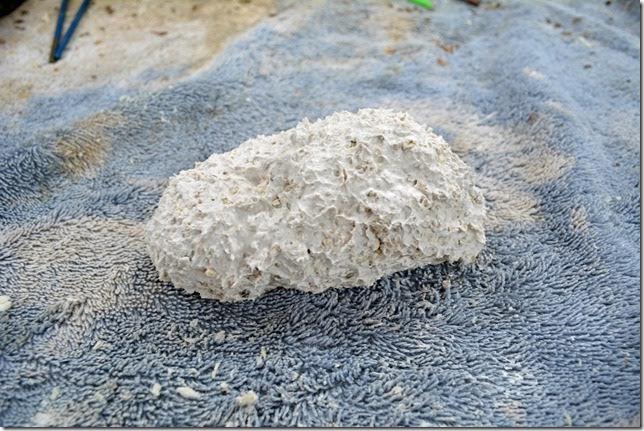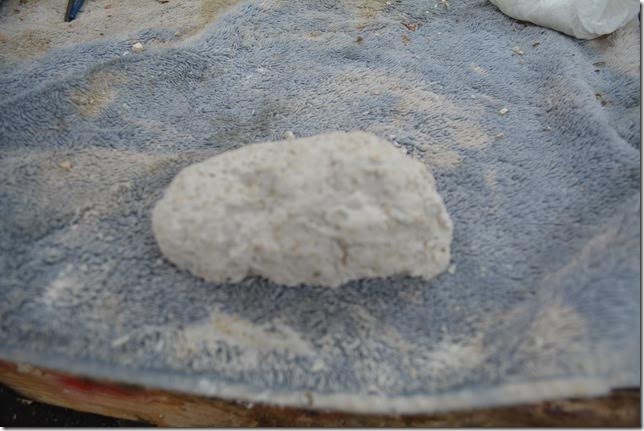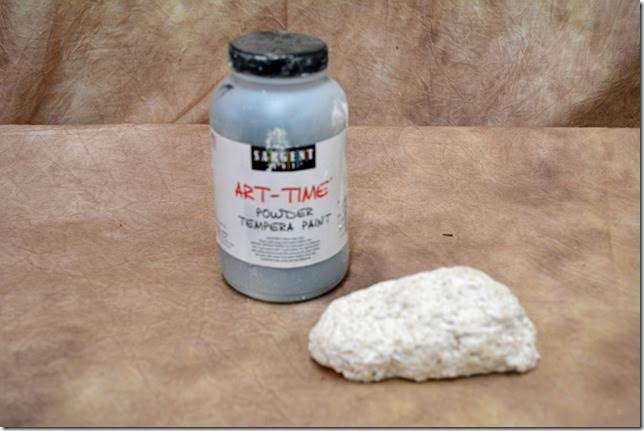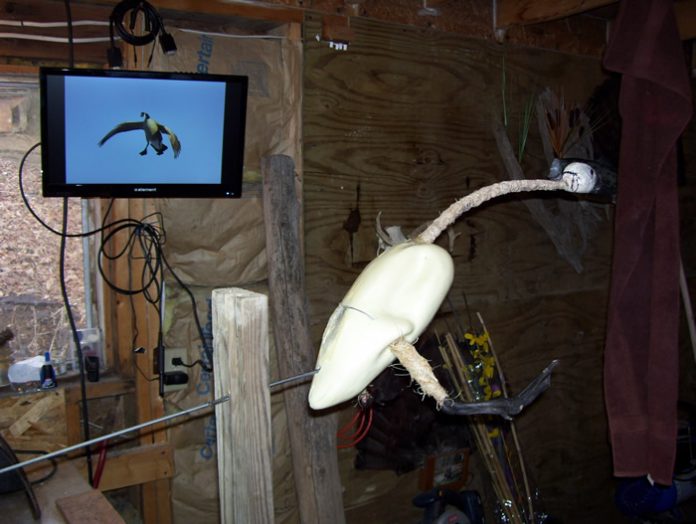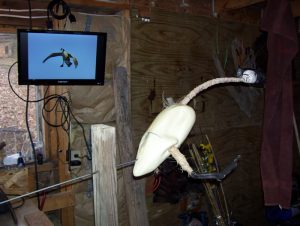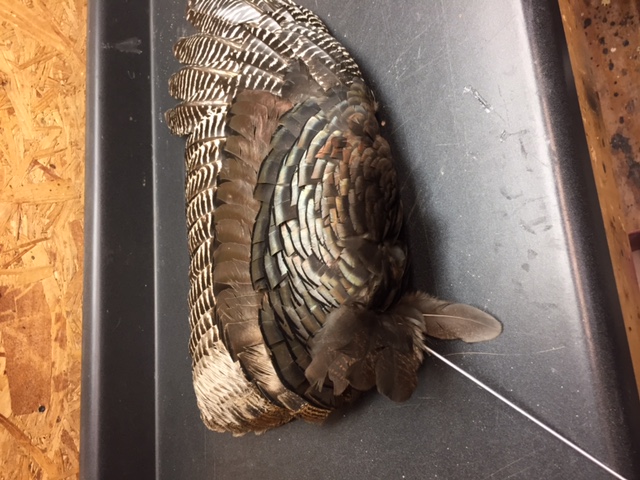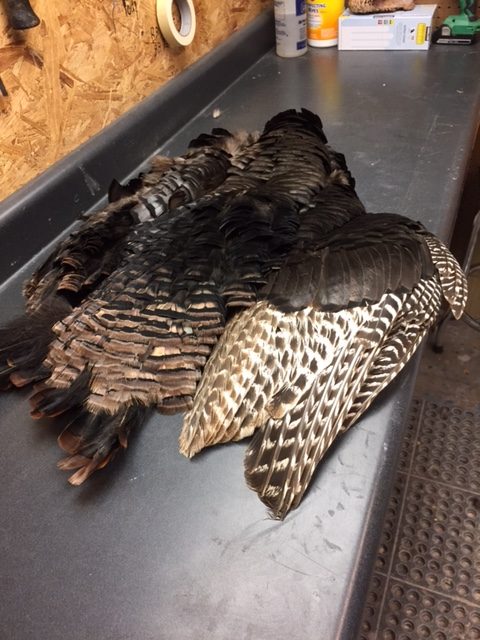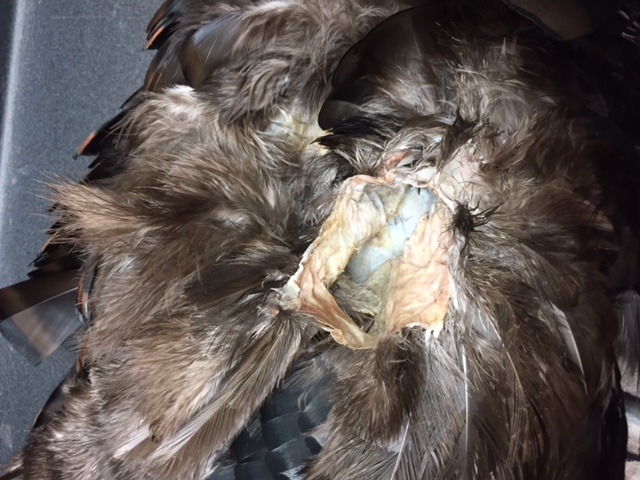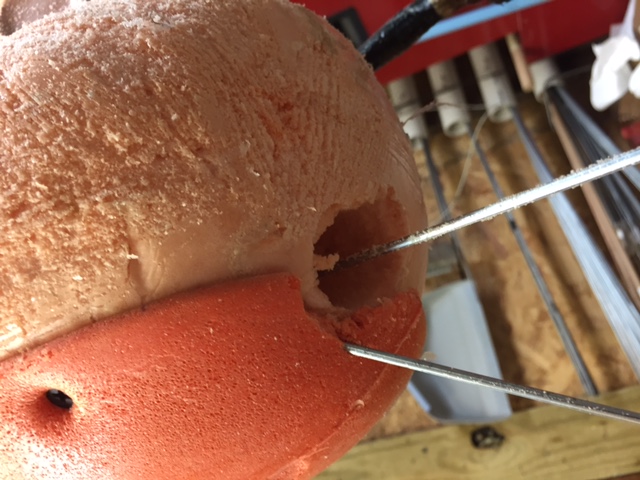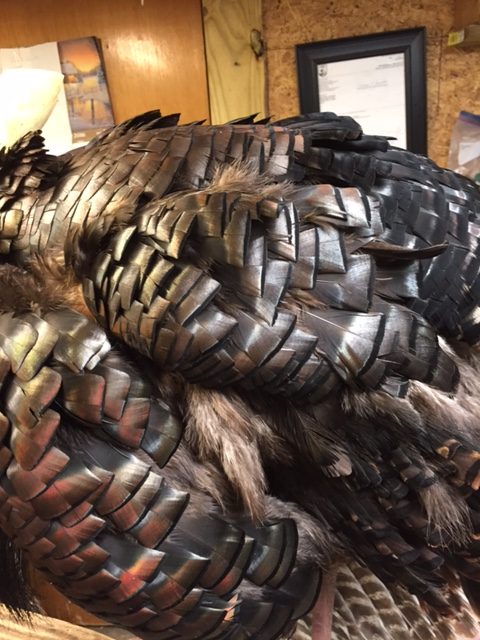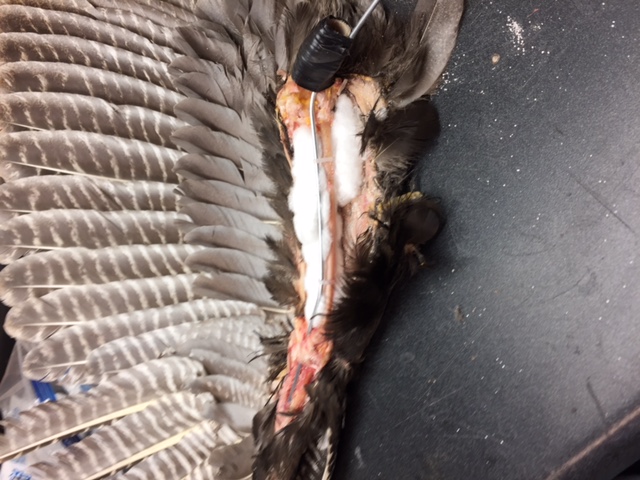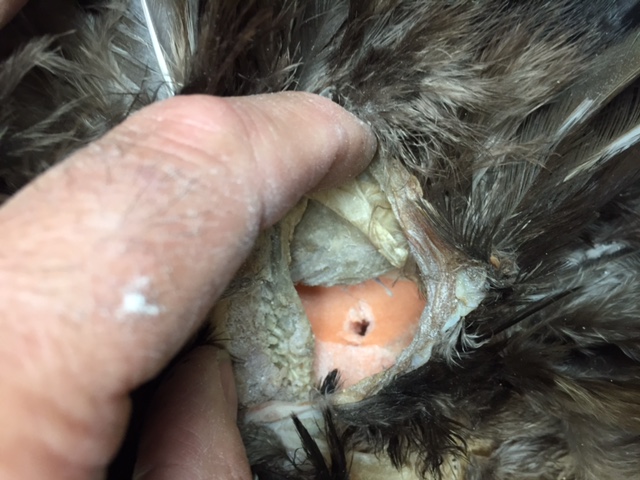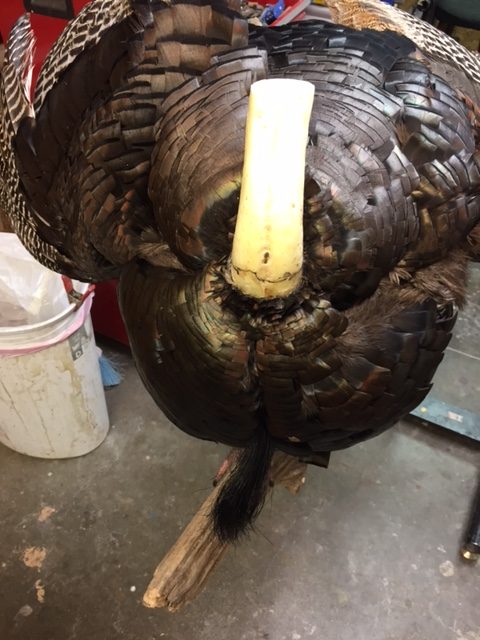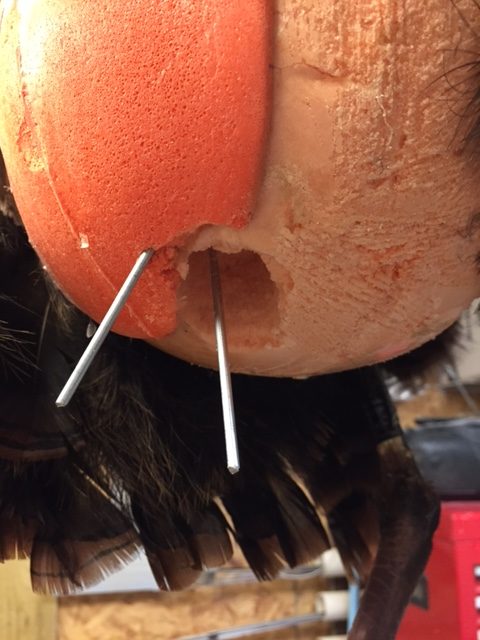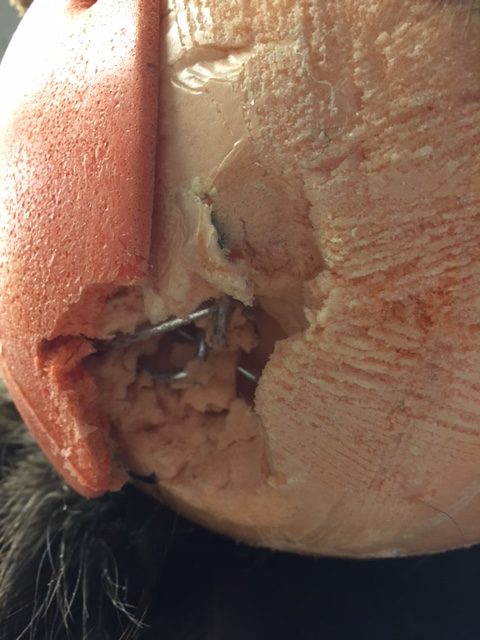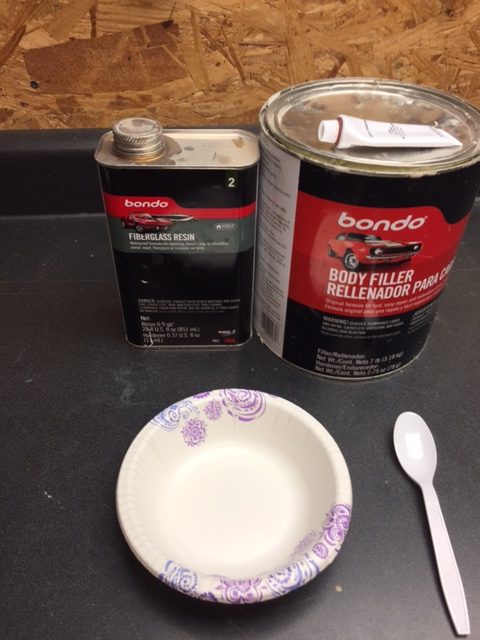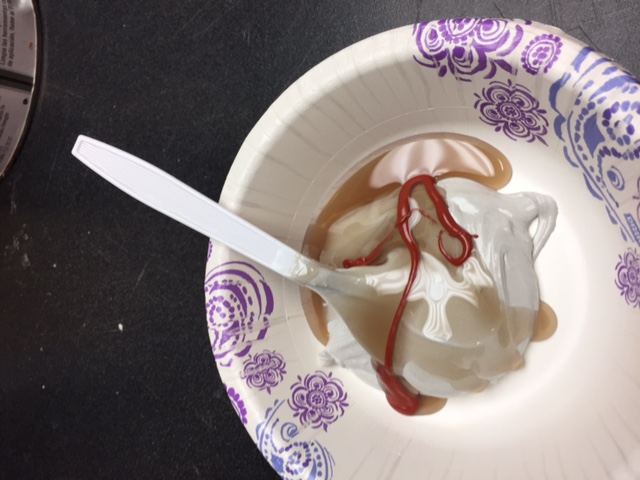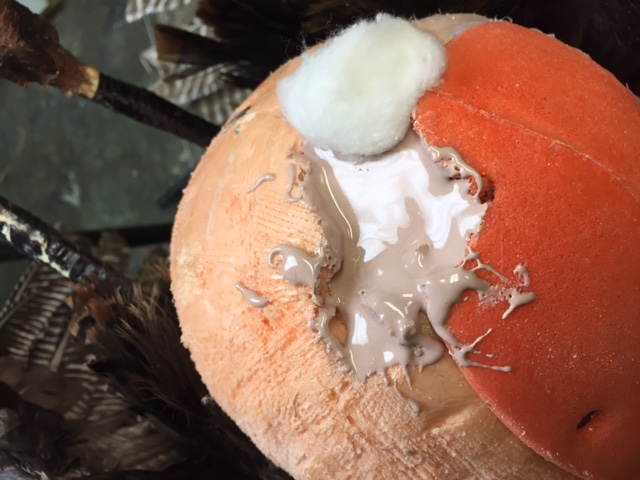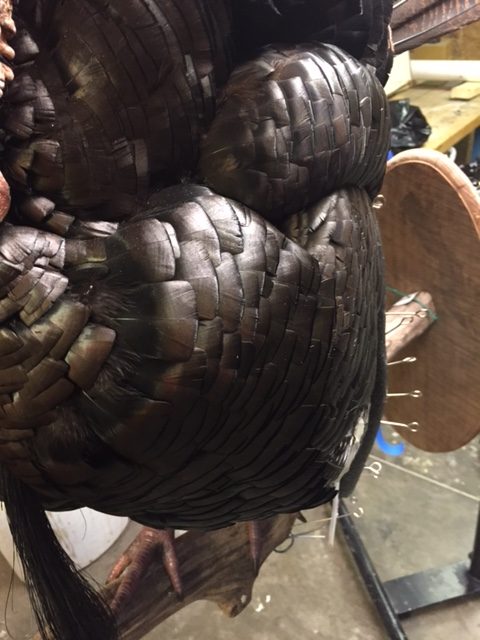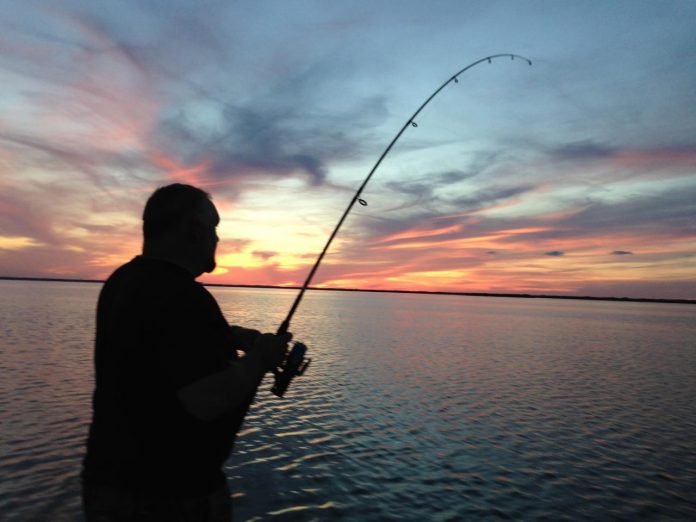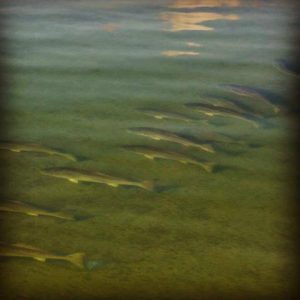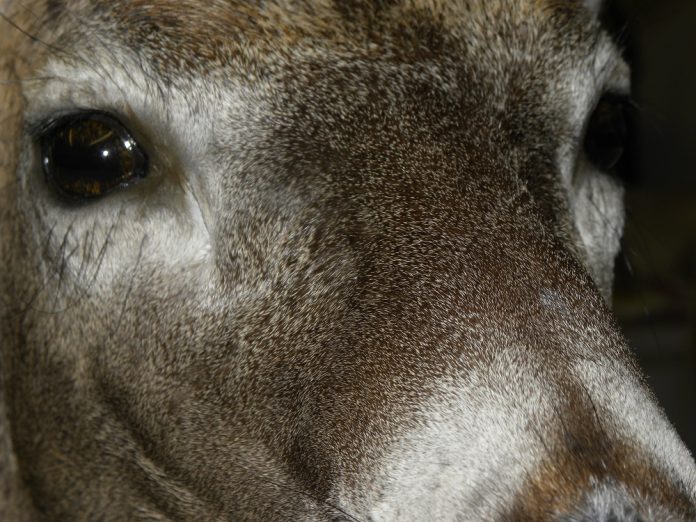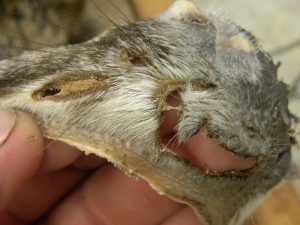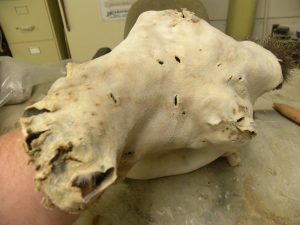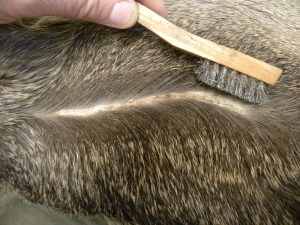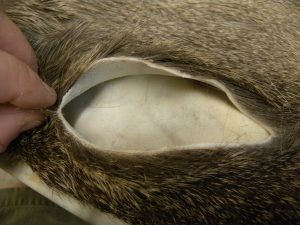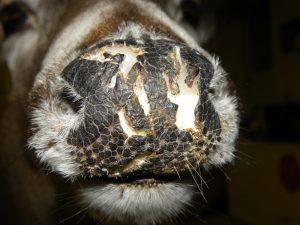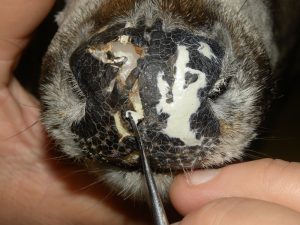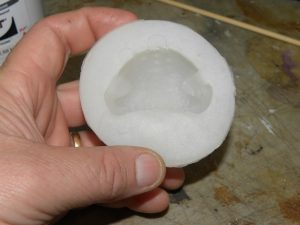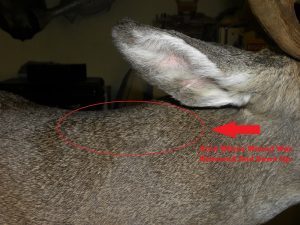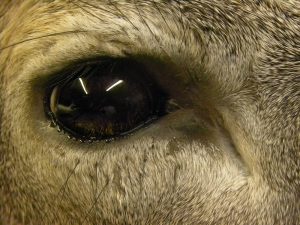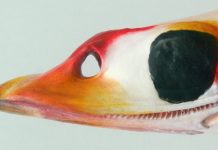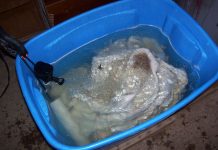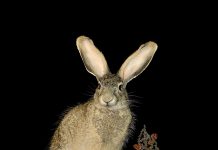Get ready because the 2017 spring turkey season is a coming, but if you’re a southern boy or girl, it’s already here. Turkey taxidermy is here so as a taxidermist what are your duties right about now? What should you be thinking about? Planning on? The answer is simple, advertise and more advertise, and then advertise some more. Let your local community know you’re in business to mount their gobbler of a lifetime.
In today’s day and age the best way to advertise your turkey taxidermy services is digitally across the World Wide Web. The days of newspaper print ads our fathers and grand dads use to do are over folks. Facebook is by far the best ways to advertise (promoted post) because they target your audience in a unique kind of way.. By what I mean, is that if your turkey taxidermy shop operates in Smith Town USA, Facebook will expose your ad to any and all turkey hunters living in the Smith Town zip code. Trust me when I say that Facebooks algorithm program already knows who hunts and don’t hunt within a geographical area. So don’t worry, the actual percentage of non-targeted audience reach is minimal. If you want to spend more money, target the next town over too. You can also just target people who already LIKE your page and their friends too that don’t LIKE your page just yet. Your opportunities are endless when it comes to advertising on social media.
In order for your advertising on Facebook to work you will need to have a Facebook Page set up for your taxidermy business. Not a group but a page which is not the same as a Facebook profile, as neither of those Facebook options allow for targeted advertising.
Be sure to add pictures of your work in your turkey taxidermy ad as well as a great description of exactly what you’re offering. Include prices if you’d like, business hours, contact info, etc. Run the ad for at least seven days and if you can swing it, for the entire turkey season would be better. You will reach thousands upon thousands of potential clients, but the truth is only 50% will actually read your promoted advertisement. That is just the nature of the beast, but if you add an eye catching slogan or perhaps picture/video to your promoted post could go higher in the view department, not to mention engage with your ad.
Your goal in advertising with a Facebook promoted post is to get people to engage either by reacting to the turkey taxidermy promoted post and or commenting on the post. The more reaction to the promoted post the higher the views, the farther the reach. When people react and engage to your promoted post, people on their friends list will see it via their news feed, people who Facebook may have not initially targeted for one reason or another. That right there is free advertising and could land you a new client.
If your one of the few taxidermists who do not provide turkey taxidermy because you just don’t have the confidence in mounting birds, or your too busy with deer and fish, there’s an answer. It’s called wholesale turkey taxidermy. Believe it or not there are qualified and experienced taxidermists out there that provide turkey taxidermy to other taxidermists at a wholesale price. Meaning you still get to offer your customers high quality turkey taxidermy, without the headaches and frustrations of mounting a turkey at a profitable price. It is more common than you think and year in year out thousands of turkey’s are shipped across the country from taxidermy shop to shop, from taxidermy shop to client.
If you operate anywhere in the mid-west or the northeast of the United States and are in need of turkey taxidermy, two names come to mind. For you mid westerns and west coasters, Stehling’s Taxidermy provides some of the best turkey taxidermy found anywhere in North America. For those who operate in the northeast or east coast Cliffords Taxidermy would be worth looking at for your turkey taxidermy needs. Both of these outfits receive and ship turkeys for taxidermy purposes.
Good luck and may your freezer be full of feathers this spring turkey season.

